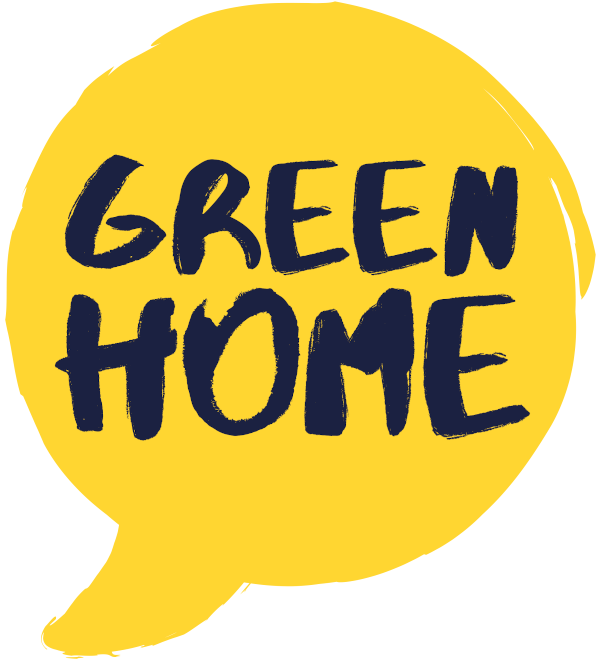The Toilet Paper Story: The task of Moving Unbleached into the Mainstream
Does anyone remember the unbleached toilet paper we launched, called the Brown Roll? This was GreenHome’s first toilet paper product. It was quite distinctive because of its colour and people either loved it or hated it. Those who loved it felt it embodied almost everything that they stood for. And those that hated it… well… just didn’t like the idea of using brown toilet paper. Either way the locally produced Brown roll was a hit and by October 2009 GreenHome was supplying OR Tambo Airport with it among many other clients.
So what happened? Why did it come to an end? This article is an attempt to explain to our clients the goals and decision-making processes behind choosing our environmentally-friendly products.
The Brown Roll (and serviettes) were made from unbleached tissue from virgin material harvested from FSC certified forestry (Forest Stewardship Council). This is classified as Totally Chlorine Free (TCF). Supply of raw material was however problematic. Firstly, unbleached brown toilet paper was not yet a mainstream product (despite its growing popularity) the suppliers of the raw material were independent, irregular and unreliable. This resulted in quality issues affecting the final product. Secondly, many paper pulp converters prefer not to work with unbleached tissue as it “dirties” their machines. All in all GreenHome’s demand for the Brown Roll started to give everyone a big headache. By the end of 2010, The Brown Roll was on its last square.
Fortunately, around the same time, GreenHome was able to secure production of an even greener toilet paper than the Brown Roll. This was the unbleached Sugar Roll. The added advantage of the Sugar Roll is the raw material is a mix between virgin material (approx 40% also harvested from FSC certified forests) and sugarcane pulp (minimum of 60%). The sugarcane pulp, or bagasse, is the remaining fibrous by-product after sugar has been extracted from sugarcane. This is known as Processed Chlorine Free (PCF).
Unfortunately, after a few month’s GreenHome was up against the same problems. Unbleached sugarcane tissue is not a mainstream product and GreenHome’s comparatively small orders were being pushed further and further back down the list of the factories priorities. By May 2011 supply had reached its end.
At this point we were faced with either not supplying any toilet paper at all, or else supplying the most environmentally-friendly products available, while continuing education and creating demand in order to supply what we prefer to supply. So we chose the latter. GreenHome currently supplies the Elemental Chlorine Free (ECF) sugarcane roll made up of 60% bagasse and 40% FSC certified virgin pulp. You can find it in our Extended Range.

GreenHome will only supply tissue that is locally produced and FSC certified for its virgin material. There are many other aspects to take into consideration, below in order of preference
- Unbleached Sugar Roll- PCF (Processed chlorine-free): PCF is preferable to TCF (below) because product includes recycled content. PCF contains recycled content (sugar cane / bagasse or wood fibre) produced without elemental chlorine or chlorine derivatives, although one or more fibre components may have originally been bleached with chlorine or chlorine derivatives. Any virgin pulp is TCF.
- Brown Roll – TCF (Totally Chlorine Free): TCF is used only to refer to 100% virgin paper produced without chlorine or chlorine derivatives (the bleaching process uses oxygen-based compounds).
- ECF Sugar Roll – ECF (Elemental Chlorine Free): Papers are produced from pulp that has been bleached with a chlorine derivative such as chlorine dioxide (ClO2), but without elemental chlorine (Cl).
- None-EC (Elemental Chlorine Bleaching): Bleached using elemental chlorine (not preferred).
We believe we are supplying you with the most environmentally-friendly products on the market today. We will continue to research and develop these products, and to try move industry in a greener direction. Thank you for helping us do it.
Written by: Catherine Morris

